As an Amazon Associate I earn from qualifying purchases.
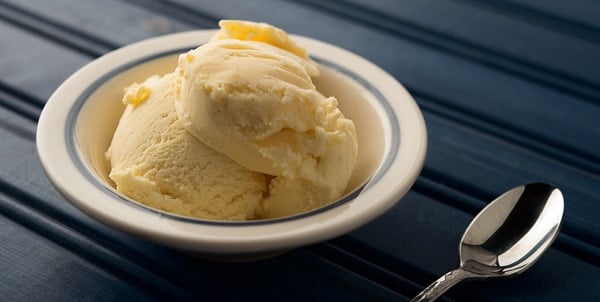
Paw paws are a mystery to most people. Most think they are papayas, Carica papaya, native to the tropics and beloved of Baloo the bear in The Jungle Book. That’s not the fruit I am talking about. I am talking about Asmina triloba, the American paw paw, a/k/a Hoosier banana or custard apple. They are native to the East and Midwest and happen to be our largest native fruit.
Paw paws live in wet places – notably along riverbanks – from New York to Florida and west to the Great Plains. They are the only non-tropical member of the asmina family, which includes the soursop and tropical custard-apple.
Paw paws are typically a small, spindly tree with leaves that look too large for the tree’s size. They tend to grow in mass clumps in the dappled shade of larger trees.
I first encountered paw paws many years ago, along the banks of the Rappahannock River in Virginia while looking for good places to catch herring and shad from the riverbank. I was bushwhacking toward the water when I found myself in a grove of what, superficially, looked like palms growing underneath the canopy of elms and maples. They had oversized leaves with the floppy habit of palm leaves, although they were not fringed like a real palm leaf.
But these “palms” did have shriveled growths on them that resembled a rotten banana.
As it happens, that’s what they are. Sorta. I had an inkling that this might be a paw paw, so I looked up this plant in Euell Gibbons’ Stalking The Wild Asparagus and it was, indeed, a paw paw. I marked the spot and returned in September, and there were the ripe green “bananas” all over the trees. I could have found them blind, because of the aroma.
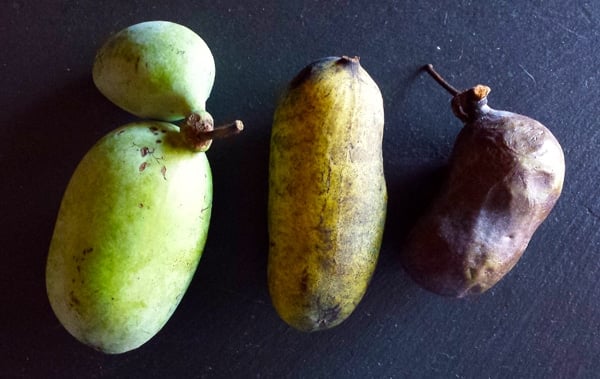
The best way I can describe the smell of a paw paw is that it’s like a girl’s first perfume: Tropical-floral and intensely sweet, cloying, almost. And powerful! Oh man, bring a sack of paw paws home and your house will smell like the inside of a candy factory in less than an hour.
Wuff. When I first brought home a stash of them one day, I was almost overcome. I would up putting them on the porch overnight, and a raccoon came and ate them all.
I went back and got some more and let them ripen. Like a banana, they ripen from green to yellow to blackish.
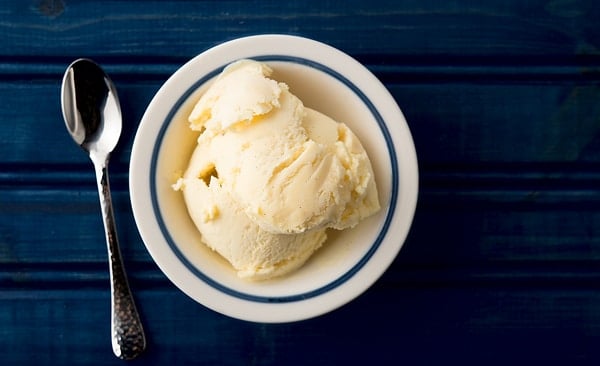
As for flavor, they taste like a cross between bananas and an overripe pear, and the texture is soft and custardy, like lemon curd or an avocado. The color is a rich yellow, like a buttery custard or good French vanilla ice cream.
Thus this paw paw recipe: paw paw ice cream. I am proud to say this one’s a winner. It was pretty simple, actually. Make a standard French vanilla ice cream and add mashed ripe, paw paws, then churn.
Paw Paw Ice Cream
Ingredients
- 1 1/2 cups mashed paw paws, about 4 or 5 paw paws
- 2 cups cream
- 2 cups milk
- A scant 1 cup sugar
- 1/2 a vanilla bean, or 1 teaspoon vanilla extract, scraped
- 5 egg yolks
Instructions
- Start by making the custard for the ice cream. Heat the cream and milk and sugar in a pot over medium heat to the steaming point, about 165°F. If you are using a real vanilla bean, add it to the mixture now. If you are using extract, wait a bit.
- Beat the egg yolks in a bowl. Stirring the eggs all the time, add one ladle of the hot cream mixture into the eggs. Do this a second time -- this is tempering the eggs so they don't curdle in the hot cream. Pour the egg mixture into the pot.
- Stir the custard often and heat it back to the steaming point. When it thickens -- it should coat the back of a spoon -- turn off the heat and pour the custard into a bowl. I like to set the bowl into a larger bowl filled with ice to cool the mix down quickly. Stir in the vanilla extract if that's what you are using.
- When the custard is cool, whisk in the mashed paw paws until they are well combined. You can put the mixture into your ice cream maker now, or you can push it through a fine-meshed strainer to remove any stray bits; you'll need to fish out the vanilla bean if you used that anyway. Run through your ice cream machine and eat!
Notes
Nutrition information is automatically calculated, so should only be used as an approximation.
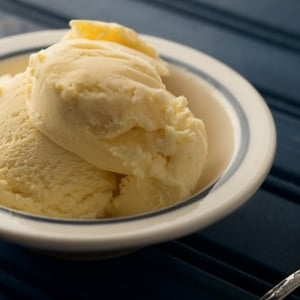
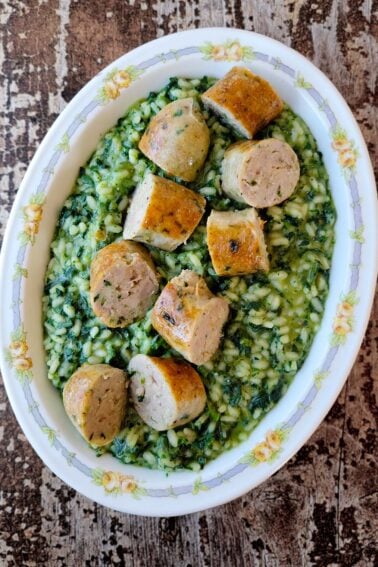
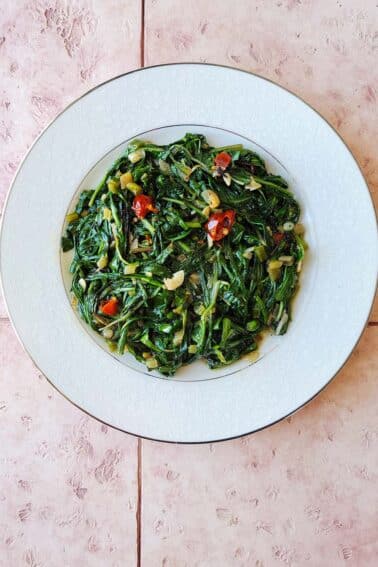
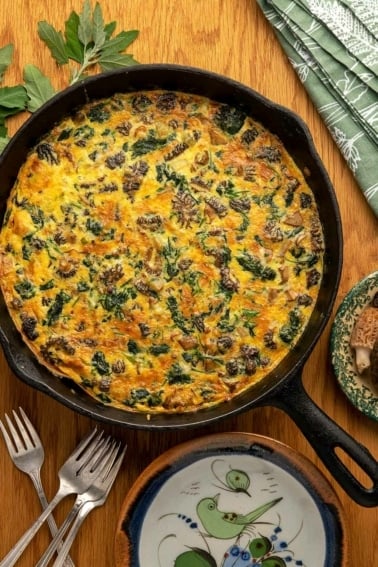

if you don’t have an ice cream machine, can you blend it all together in the blender and freeze it?
or get a quart of vanilla ice cream and blend the pawpaw with that? asking for a friend *hehe*
Hannah: I don’t think so. It is the constant churning that makes ice cream. Otherwise it would likely freeze into a solid mass.
So good, thanks for sharing. I topped the ice cream with diced pawpaw fruit and a swirl of raw honey. Next level good!
We were running low on eggs, so I made this without them, and it was still delicious. We served it for our Thanksgiving dessert and everyone loved it. Probably should have added a tablespoon of rum or brandy to keep it from setting up so hard, but didn’t think about it till afterwards.
One reader commented on a bitterness when over ripe. I don’t know about bitterness but there is a definite funkiness. I prefer to pick green and allow to just start to become soft. They will be sweet but not as sweet as the fully ripe with a flavor more like pear or even coconut. As they ripen more, they taste more like mango but with that funkiness. If you like funky wheat beers, you’ll like them really ripe. I like adding the twigs of spicebush to the ice cream. I think spicebush twigs are as good as cinnamon and great in this ice cream.
Made this today from just baaaarely enough fruit to make a batch. Would love to attempt a sherbert…a lassi….
But mainly i just want to make
About ten gallons of this to have at a whim…church it up w candied pecans and a thin drizzle of maple syrup.
Thanks for publishing this recipe!
I have never been able to find any actual paw paws because the animals always get to them first. Here in southern Indiana the trees grow in the dark valleys of the steep hills. But this year I finally found a batch while out squirrel hunting and I made a paw paw pie. They are good but there’s this bitter aftertaste. Any ideas on how to lessen the bitterness?
JR: I’ve never encountered any bitterness. Maybe they were unripe?
I had one that was bitter — but I think it was past ripe. There’s a stage where it smells right, and the flesh is a dark yellow…but this particular one already was weeping a little. So I thought the bitterness was probably because it was past.
One the skin starts to darken, a bitterness develops (to my taste). When the pawpaw is getting a yellow cast to the green, and there is a slight give when you squeeze it, its best and minimum if butter after taste.
Yes, in the book PAWPAW they talk about the best beer ever, pawpaw beer, no recipe given.
Your description of paw-paw was much more accurate than many, which seems to think they are only in the Midwest. You can find them as east as New Jersey. We have a large grove in MD near DC. I would not describe them as small. Our mature at between 20-25 feet.
I first gathered them in Virginia, decades ago. And I consider a 25 foot tall tree small — they are an understory tree, not like oaks and maples and pines and hickories.
That’s Asimina, not Asmina. 😉
Looking forward to trying this. It sounds wonderful.
I’m gonna try doubling the pawpaw (b/c I got oodles of it) & using only 4 yolks. Hopefully it goes well.
Any tips for keeping the fruit orange rather than it turning brown as I blend it up? I had pulped the fruit, stored it in the freezer, then put it in a food processor to smooth it out.
Elizabeth: Only thing I can think of would be to add Fruit Fresh, e.g. citric acid, to the mix to prevent oxidization, which is what is happening.
Reading in an Appalachia cookbook with old timers they would extract pulp, then freeze it in usable amounts.
Do you peel the pawpaws before mashing?
Jason: Yes.
I lived in a house with a very small yard in Indiana when I first tasted a pawpaw. My first thought was that I needed a bigger yard to grow some of these. The house I’m in now in Kentucky was bought because it had a big, flat, empty back yard. It now has 2 pawpaws and I’ll be adding a third. I like pawpaws even more than cherimoyas. The cherimoyas seem to have more fiber.
OMG….we found Paw Paw trees last year on the property we hunt on in Virginia!!! I can’t wait to pick some this year and try the ice cream recipe. I also planted some of the seeds and now have small trees growing that we will plant on our property when the get a little bigger.
I haven’t ever found any paws-paws, they’re kind of rare here in Texas. But I was wondering if you had heard anything about them fermenting soon after being picked; people I’ve talked to before have said that if you’re going to eat them, make sure to do it quickly. Was this an issue for you?
Sean: Nope. They will “turn” after they go black, but that takes a while.
Hank, There are many named selections of pawpaw now, larger, less seedy, better flavor. Neal Peterson (the godfather of modern pawpaw breeding) introduced several improved pawpaw’s. ‘Tallahatchie’ pawpaw has been specifically recommended for great ice cream, probably available from a specialty orchard.